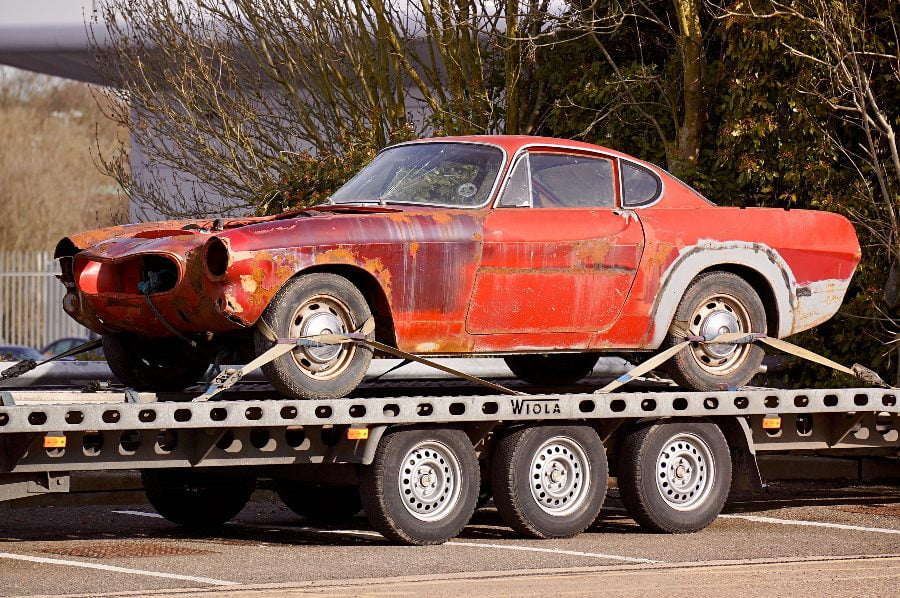From Racetrack to Scrap Yard: What Happens to Old Race Cars?
Race cars are built for speed, power, and accuracy with a clear purpose: winning races. But every vehicle has a lifespan; you cannot use it for its lifetime on a racetrack, and it cannot perform at its best forever.
In motorports, aged race cars often find new life in private collections, museums, or amateur racing leagues. But what happens when these cars reach the end of their lives? Like everyday vehicles, they need to be recycled or dismantled properly. In countries like New Zealand, services such as cash for cars Auckland make it easier for car owners to part ways with unwanted vehicles by ensuring they are recycled in an eco-friendly manner.
Second Lives: What Happens After Retirement?
Because a car reaches the end of its life doesn’t mean it doesn’t have any value. Many race cars enjoy their life:
Collectors are often eager to buy iconic cars, especially when historic wins are attached to their name. Michael Schumacher’s Ferraris sell for millions at auctions.
Museums preserve race cars as part of motorsport heritage. Legendary Le Mans prototypes and classic touring cars can be found in exhibitions worldwide.
Amateur Racing Leagues provide another value. Private owners can purchase decommissioned cars and modify them for semi-professional competitions or personal use.
In these cases, the car still holds prestige, even if it’s no longer at the cutting edge of competition.
From Glory To Scrap: The Dismantling of Race Cars
Every vehicle—no matter how famous—reaches a point where it can no longer be maintained or safely driven. Engines wear out, replacement parts become hard to find, and the cost of upkeep exceeds the benefits. At that stage, many cars are dismantled, with valuable components salvaged and the rest recycled.
It sounds surprising, but even Formula 1 cars have been stripped down and repurposed. Teams reuse parts such as gearboxes, electronics, and suspension components in test cars. Additionally, bodywork materials such as carbon fibre and aluminium are recycled. This process ensures that nothing goes to waste.
The Connection Between Race Cars and Everyday Vehicles
The process seems unique to motorsport, but it is similar to what happens with everyday cars. Just like a retired race car is stripped for parts, road cars go through dismantling and recycling when they can no longer be driven. Car wreckers take out usable parts—like engines, transmissions, or alternators—and then recycle the rest of the steel shell.
In New Zealand, this process is made more accessible for everyday drivers through services like cash for cars Auckland, which allow people to sell unwanted or damaged vehicles quickly. Instead of leaving an old car to rust, owners can hand it over to professionals who ensure that valuable materials are recycled and functional parts find new life.
Sustainable Car Disposal in New Zealand
The environmental impact of vehicle disposal is becoming increasingly important. Old cars contain a surprising amount of recyclable material, such as steel, aluminium, rubber, glass, and even fluids that can be reused. Around 80% of a car can be recycled or repurposed.
Certified companies not only pay owners for vehicle removal but also contribute to eco-friendly car disposal by reducing waste. This is particularly important in New Zealand, where thousands of cars reach the end of their roadworthiness each year. That’s why solutions such as cash for cars are important, as they combine convenience with environmental responsibility.
The Future of Car Recycling in Motorsports
As racing embraces new technology, recycling methods must also evolve. Electric race cars in Formula E and hybrid prototypes in endurance racing bring fresh challenges. Batteries, in particular, require specialised recycling processes to recover valuable materials like lithium, cobalt, and nickel. Motorsport industry needs to adapt quickly to ensure these components are managed responsibly.
Looking forward, sustainability will remain at the heart of both everyday car disposal and motorsport. Although old race cars may no longer thrill audiences, their materials and parts can continue to serve a purpose, closing the loop in a truly circular automotive economy.



